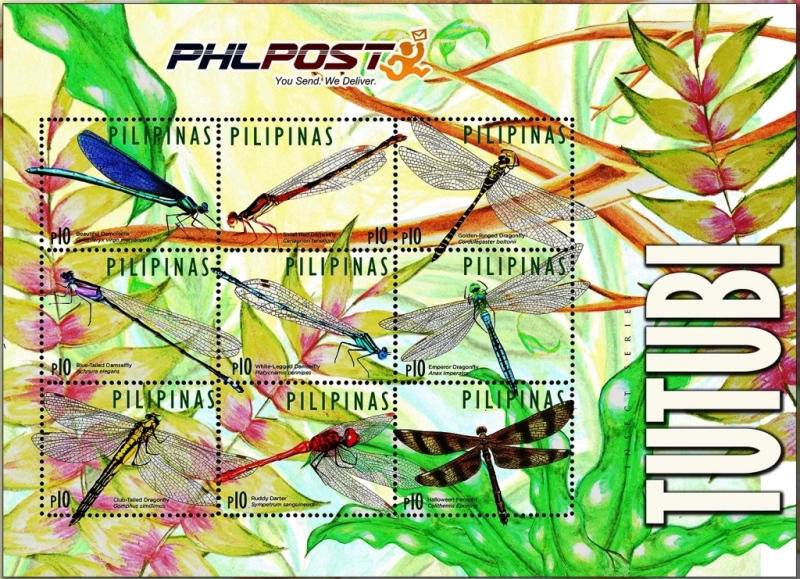In this study, effects of two neonicotinoid insecticides, imidacloprid and dinotefuran, on aquatic insect assemblages were evaluated in experimental rice mesocosms. During the 5-month period of the rice-growing season, residual concentrations of imidacloprid were 5–10 times higher than those of dinotefuran in both soil and water. Imidacloprid treatment (10 kg/ha) reduced significantly the populations of, Crocothemis servilia mariannae and Lyriothemis pachygastra nymphs, whereas those of Orthetrum albistylum speciosum increased slightly throughout the experimental period. However, Notonecta triguttata, which numbers were high from the start, later declined, indicating possible delayed chronic toxicity, while Guignotus japonicus disappeared. In contrast, dinotefuran (10 kg/ha) did not decrease the populations of any species, but rather increased the abundance of some insects, particularly Chironominae spp. larvae and C. servilia mariannae nymphs, with the latter being 1.7x higher than those of controls. This was an indirect effect resulting from increased prey (e.g., chironomid larvae) and lack of competition with other dragonfly species. The susceptibilities of dragonfly nymphs to neonicotinoids, particularly imidacloprid, were consistent with those reported elsewhere. In general, imidacloprid had higher impacts on aquatic insects compared to dinotefuran.
Source:Koji Kobashi et al. (2017) Ecotoxicology and Environmental Safety 138, 122-129
http://www.sciencedirect.com/science/article/pii/S0147651316305383

- Login om te reageren
